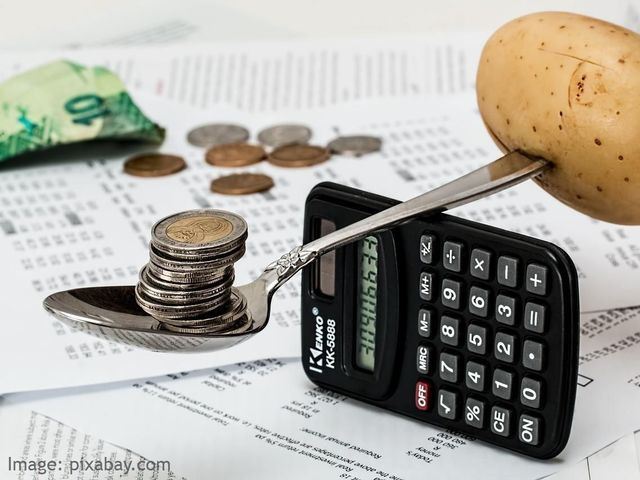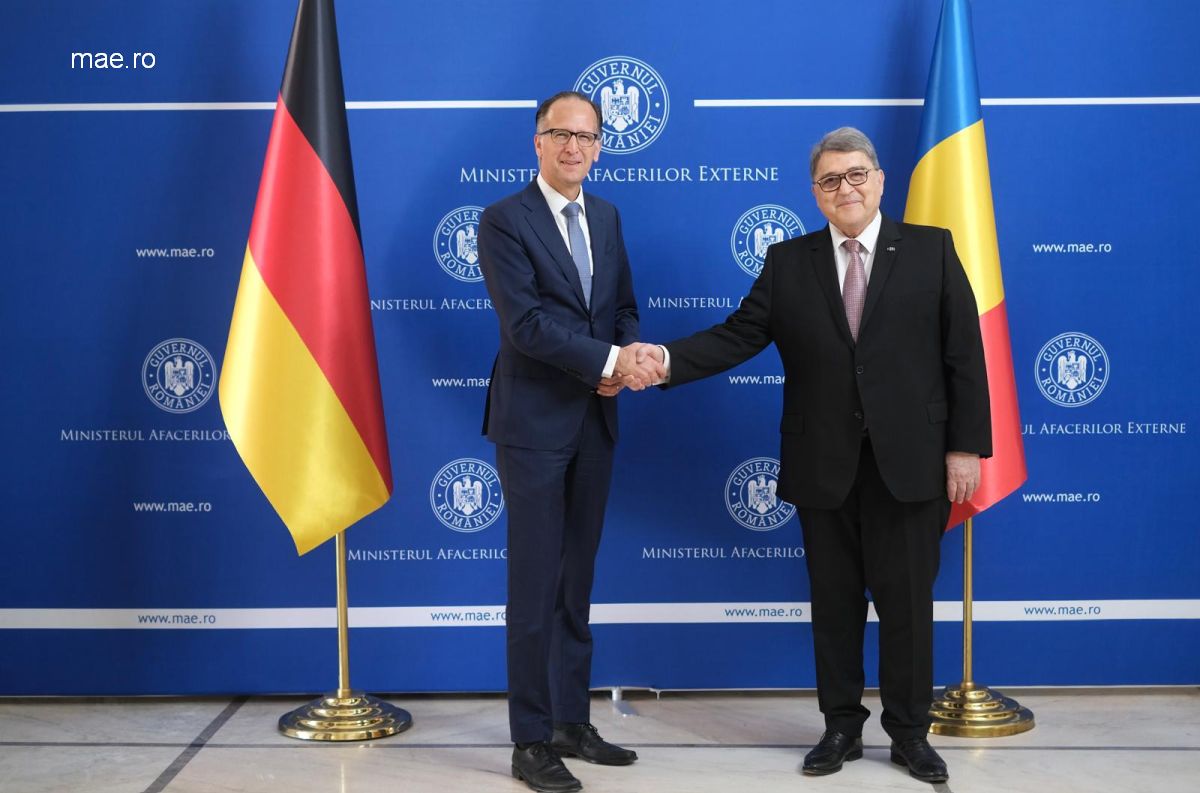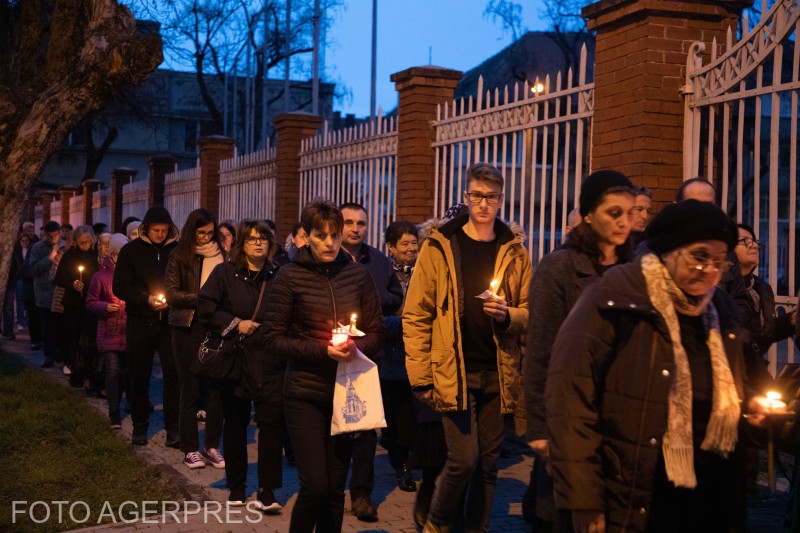Quarterly inflation report
Although in October the year-on-year inflation dropped a little, the National Bank expects it to continue to rise

Corina Cristea, 15.11.2022, 14:00
In May this year the National Bank of Romania forecast
a 12.5% inflation rate for the end of this year and 6.7% for the end of next
year. Three months later, estimates were pointing to higher figures, i.e. 13.9%
for 2022 and 7.5% for end 2023.
These days, the central bank came up with new figures,
and adjusted its inflation forecast to 16.3% for this year and 11.2% for next
year, with the rate expected to go down to around 4% in September 2024.
Price increases have slowed down in the last few
months, central bank experts say, but significant differences compared to last
year will remain. According to the National Bank’s quarterly inflation report,
made public on Monday, a decrease in inflation will depend on a number of variables,
particularly the consequences of the war in Ukraine and the developments
related to raw materials, energy and food prices.
Governor Mugur Isărescu: As far as the war in Ukraine
is concerned, our position is, so to say, slightly positive, although not fully
optimistic. The effects of the war will be gradually mitigated, we do not
expect major declines. As for raw materials, data indicate prices are beginning
to settle. Bottlenecks in global value-added chains are likely to dwindle,
there are no indications of a resurgence of COVID infections, and the
macroeconomic policy mix is positive. So far we’ve worked well with the
government and the normalisation of the monetary policy continues.
Mugur Isărescu also said that key interest rate
increases in Romania have been comparable to the measures taken by other
central banks in the region. Interest rates are not very high in Romania
compared to other countries, and the national currency is one of the most
stable in the region, the governor explained, and added that, had the currency
depreciation put further pressure on the inflation, the situation would have
been a lot more difficult, as we see in Hungary, for example.
In Romania, interest rates have been raised gradually,
and the central bank sought to allow time for those who had taken out loans in
the national currency to get used to the new levels and with the fact that the
age of negative or very small interest rates is over, Mugur Isărescu
pointed out. The central bank official also voiced confidence that next year Romania’s
economy will only see slower growth, rather than technical recession, i.e. two
consecutive quarters of negative GDP growth, but that this mainly depends on
the government’s ability to attract EU funding. (AMP)






























